Ground Skink
- January 8, 2024
- 0 comment
The Ground Skink, scientifically known as Scincella lateralis, is a captivating reptile that captures the essence of nature’s intricacies. This diminutive creature, typically measuring just a few inches in length, showcases a slender body adorned with distinctive patterns and a spectrum of colors. Its habitat preference leans towards wooded areas with moist environments, where it adeptly navigates through leaf litter. Found widely across North America, the Ground Skink thrives in regions offering a blend of open spaces and dense vegetation.

Despite its small stature, this reptile is a formidable hunter, preying on insects, spiders, and other small invertebrates, thereby contributing significantly to natural pest control. Noteworthy adaptations, such as limb reduction, enhance its ability to move through its surroundings with ease. Ground Skinks are crepuscular, exhibiting activity during dawn and dusk, engaging in territorial displays and intricate mating rituals. While facing threats from natural predators like birds and snakes, human-induced factors, including habitat destruction, pose significant risks to their survival.
Conservation efforts play a crucial role in ensuring the continued existence of these remarkable creatures and their pivotal role in maintaining the balance of ecosystems. Despite their elusive nature, respecting their habitats is essential for fostering a harmonious coexistence between Ground Skinks and humans.
| Specification | Details |
|---|---|
| Scientific Name | Scincella lateralis |
| Size | Few inches in length |
| Body Structure | Slender and agile |
| Coloration | Varied hues, ranging from earthy browns |
| Habitat | Wooded areas with moist environments |
| Distribution | Widely found across North America |
| Adaptations | Limb reduction for efficient navigation |
| Diet | Insects, spiders, and small invertebrates |
| Activity | Crepuscular (active during dawn and dusk) |
| Behaviors | Territorial displays, intricate mating rituals |
| Reproduction | Live birth with unique mating behaviors |
| Threats | Natural predators (birds, snakes), habitat destruction |
| Conservation Status | Faces risks; active conservation efforts needed |
| Interaction with Humans | Elusive nature, minimal interactions recommended |
| Importance in Ecosystem | Contributes to natural pest control, maintains balance |
A Closer Look at Nature’s Tiny Wonder
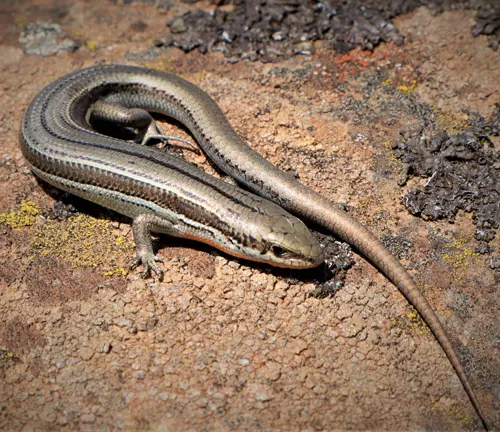
Have you ever stumbled upon a tiny reptile darting across the forest floor? Meet the Ground Skink, is a fascinating creature that often goes unnoticed despite its intriguing characteristics. In this article, we delve into the life of Ground Skinks, exploring their habitat, behaviors, and the crucial role they play in the ecosystem.
Habitat and Distribution
Ground Skinks are primarily found in wooded areas, preferring moist environments with plenty of cover. These reptiles are widely distributed across North America, with populations thriving in regions characterized by a mix of open spaces and dense vegetation.
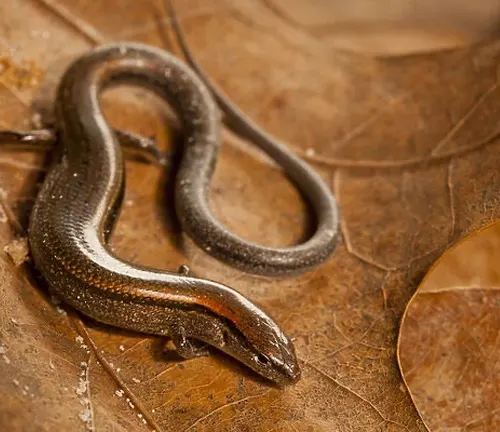
Physical Characteristics
Measuring a mere few inches in length, Ground Skinks exhibit a slender body, often adorned with distinctive patterns. Their colors range from earthy browns to vibrant hues, providing effective camouflage against the forest floor. Noteworthy adaptations, such as limb reduction, enhance their ability to navigate through leaf litter effortlessly.
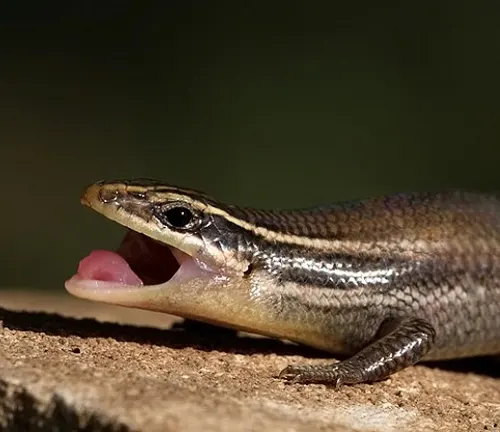
Diet and Feeding Habits
Despite their diminutive size, Ground Skinks are formidable hunters. They feed on insects, spiders, and other small invertebrates, using their agile bodies to swiftly capture prey. This carnivorous diet ensures they remain active contributors to the natural pest control system.
Reproduction and Lifecycle
Ground Skinks engage in intricate mating rituals, and females give birth to live young. The lifecycle involves a delicate balance of survival instincts and parental care, contributing to the species’ resilience in the wild.
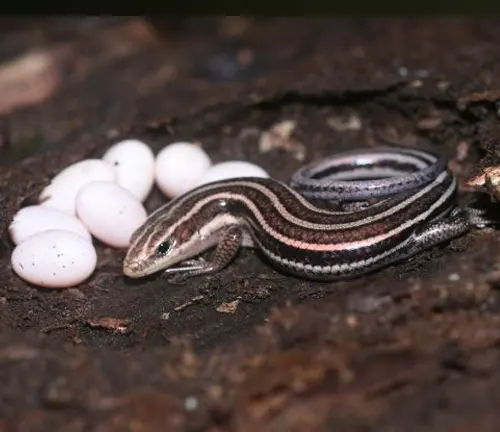
Behavioral Patterns
Ground Skinks are crepuscular creatures, meaning they are most active during dawn and dusk. Their daily routines include basking in sunlight, foraging for food, and engaging in territorial displays. Interactions with other species are minimal, reflecting their solitary nature.
Threats and Conservation Status
While Ground Skinks face natural threats from predators like birds and snakes, human activities, such as habitat destruction, pose significant risks. Conservation initiatives play a crucial role in preserving these reptiles, emphasizing the need for sustainable coexistence.
Unique Behaviors and Traits
Among the Ground Skink’s unique traits is its ability to shed its tail as a defense mechanism. This remarkable adaptation allows them to escape from predators while the detached tail continues to wriggle, diverting attention.
Role in the Ecosystem
Despite their small size, Ground Skinks contribute to the ecosystem by controlling insect populations. Their presence maintains a delicate balance in the food web, preventing pest outbreaks that could harm vegetation.

Interaction with Humans
Encounters with Ground Skinks are rare due to their elusive nature. When spotted, it’s crucial to observe from a distance and avoid disturbing their habitat. Respecting their space ensures a harmonious relationship between humans and these captivating reptiles.
Interesting Facts and Myths
Ground Skinks are known for their ability to climb trees, debunking the myth that they are solely ground-dwelling. Additionally, their intricate courtship displays are a testament to the complexity of their social behaviors.
Adaptability and Evolution
The evolutionary journey of Ground Skinks reflects their remarkable adaptability to changing environments. Over time, they have developed traits that allow them to thrive in diverse ecosystems, showcasing the wonders of natural selection.
Conservation Initiatives
Various organizations actively participate in Ground Skink conservation, focusing on habitat restoration and public awareness. Individuals can contribute by supporting these initiatives and advocating for responsible land use practices.
Future Outlook
As we navigate a world undergoing constant change, the future of Ground Skinks relies on our commitment to conservation. We can ensure these enchanting reptiles continue to grace our ecosystems by addressing habitat loss and promoting sustainable practices.
Conclusion
In conclusion, the Ground Skink, though small in stature, plays a significant role in maintaining the delicate balance of our ecosystems. Understanding and appreciating these creatures is paramount to their survival. Let us embrace the responsibility of coexisting with nature’s tiny wonders, ensuring a harmonious future for all.
Different Species
Little Brown Skink
(Scincella lateralis)
Also known as the Ground Skink, it is a small, slender species found widely in North America. Its habitat includes wooded areas with moist environments.
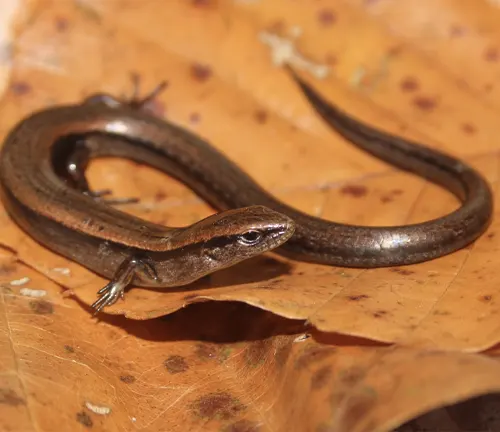
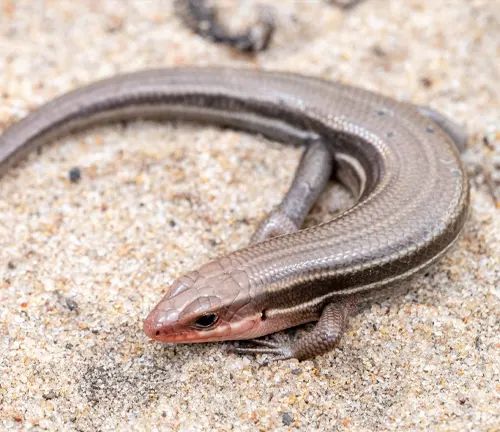
Southeastern Five-lined Skink
(Plestiodon inexpectatus)
This skink species is native to the southeastern United States and is characterized by its distinctive five-lined pattern. It is often found in a variety of habitats, including woodlands and grassy areas.
Western Five-lined Skink
(Plestiodon skiltonianus)
Found in western North America, this skink species also displays a five-lined pattern. It is adaptable and can be found in diverse habitats ranging from deserts to forests.
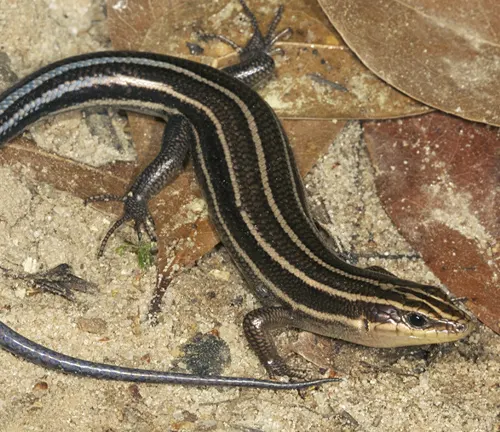
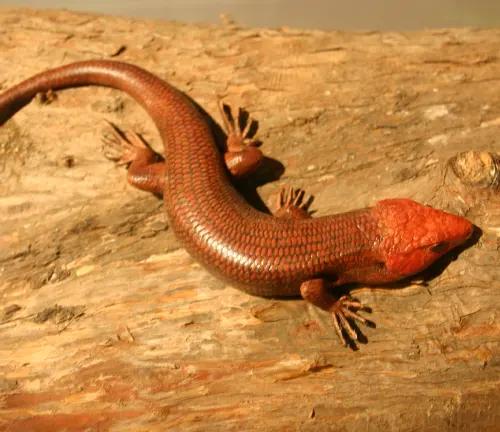
Broad-headed Skink
(Plestiodon laticeps)
Native to the southeastern United States, the Broad-headed Skink is a larger species with a broad head. It prefers riparian habitats and is often associated with water.
Ground Skink
(Scincella gemmingeri)
Another species referred to as the Ground Skink, is native to parts of Central America. It shares characteristics with the Little Brown Skink and is known for its ground-dwelling habits.
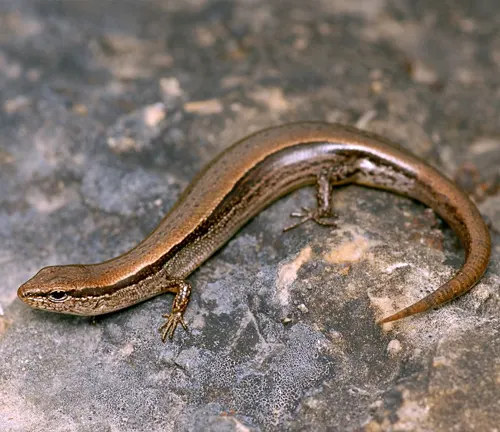
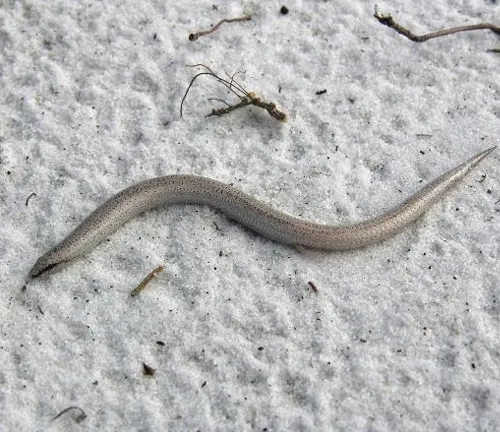
Florida Sand Skink
(Plestiodon reynoldsi)
Endemic to Florida, this skink species is adapted to sandy habitats. It is listed as a threatened species and is characterized by its streamlined body.
Common Five-lined Skink
(Plestiodon fasciatus)
Found in various habitats across North America, this skink species is known for its five-lined pattern and is commonly encountered in suburban areas.
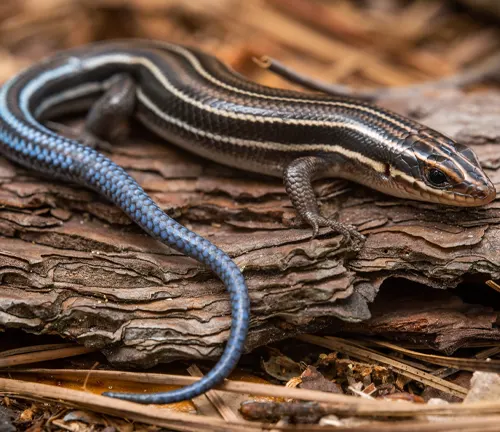
Frequently Asked Questions (FAQs)
- Are Ground Skinks venomous?
No, Ground Skinks are not venomous. They rely on their agility and camouflage for defense rather than venom. - What is the lifespan of a Ground Skink?
The lifespan of a Ground Skink typically ranges from 3 to 5 years in the wild. - Can Ground Skinks climb trees?
Despite their name, Ground Skinks are adept climbers and can navigate trees and low vegetation. - Do Ground Skinks hibernate during winter?
Ground Skinks enter a state of brumation during colder months, a form of hibernation for reptiles. - What is the role of Ground Skinks in controlling pests?
Ground Skinks contribute to natural pest control by feeding on insects, spiders, and other small invertebrates. - How do Ground Skinks communicate with each other?
Ground Skinks use a combination of visual displays, body language, and pheromones for communication, especially during mating rituals. - Are there any specific threats to Ground Skink populations?
Ground Skinks face threats from natural predators, habitat destruction, and human activities, making conservation efforts crucial. - Can Ground Skinks coexist with other reptile species?
Ground Skinks generally have limited interactions with other species, and their behavior helps them avoid conflicts. - What is the reproductive rate of Ground Skinks?
Ground Skinks have relatively high reproductive rates, with females giving birth to multiple live young in a single reproductive cycle. - Are there any cultural or historical significances associated with Ground Skinks?
Ground Skinks may have cultural importance in some indigenous communities, and understanding these connections can contribute to conservation awareness. - Do Ground Skinks have any specific predators?
Natural predators of Ground Skinks include birds, snakes, and larger reptiles. Understanding these predators is crucial for their conservation. - How can I identify a Ground Skink in the wild?
Identifying features include their small size, slender body, distinctive patterns, and the habit of moving swiftly along the ground.




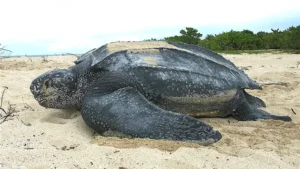
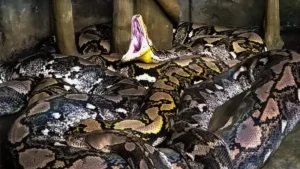
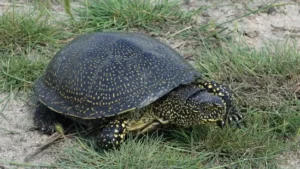

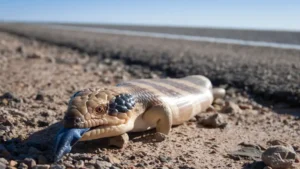
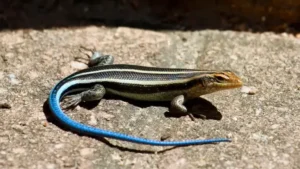
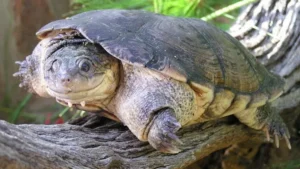
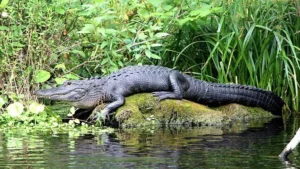
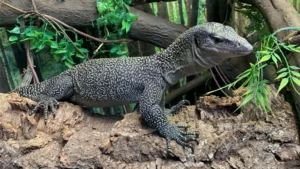
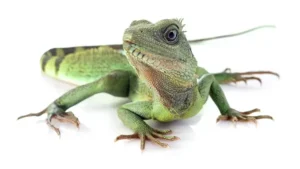
Leave your comment